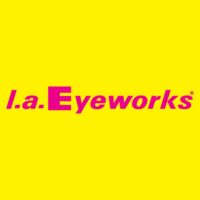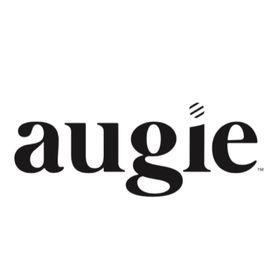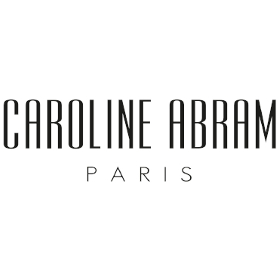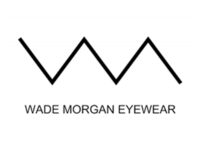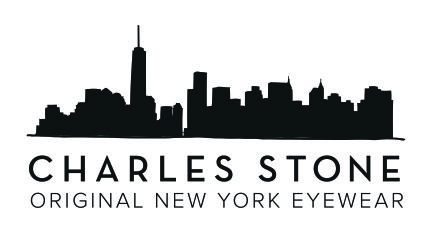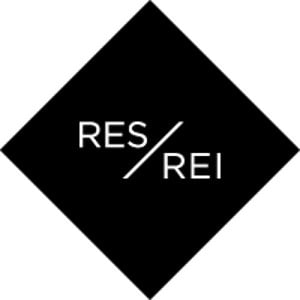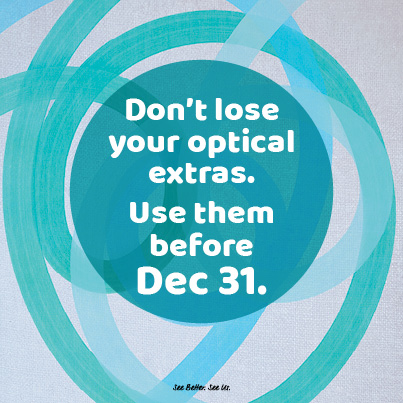We are interested in the visual aspects of dyslexia
We at Pezzimenti Nixon Optometrists do not treat dyslexia but rather we treat the visual difficulties that a dyslexic may have.
A common referral to our practice is because a student is not learning to read, we will establish if the cause of the difficulty is due to vision or not and will advise accordingly.
What is Dyslexia?
There is no universally accepted definition of dyslexia. Experts world wide will argue about what exactly constitutes dyslexia, but no agreement has been reached.
Some of the definitions follow:
- A severe and persistent difficulty in reading and spelling
- Significant difficulties with rapid naming and/or phonological skills
- A specific learning difficulty that is characterized by difficulties in the development of literacy and language related skills
- The double deficit of phonological difficulties and visual-orthographic difficulties
Definitions also vary from continent to continent. In the USA Dyslexia is a diagnosis of exclusion, and used sparingly. There dyslexia is considered to be present when a student has continued to experience very poor progress with reading and spelling, despite all other things being normal-i.e normal intelligence, good teaching, and no significant social and emotional problems.
In the U.K the term dyslexia is used much more freely and frequently and is more readily applied to students with reading difficulties.
In Australia the term is used conservatively and often replaced with reading disability.
Around 3 to 10% of the school population is considered to have dyslexia, and such difficulties vary from mild to severe.
Not all dyslexics are the same and it is considered to be a condition with certain core problems but lots of other potential ‘baggage ‘ attached that can present additional learning challenges.
Most dyslexics and many students with reading difficulties have problems rapidly making the ‘see it-say it ‘connection. This can be because their brain cannot quickly enough see a symbol and match it with its name (rapid naming difficulties), because they can’t see enough of the word quickly (visual span or visual processing speed difficulties), because they cannot picture and remember symbols (visual memory difficulties). Other common difficulties such as letter reversals, problems tracking and keeping place while reading and handwriting difficulties can also have visual contributions.
To complicate matters further dyslexics (and also reluctant readers) can suffer from visual distortions that mean that print moves and distorts on the page. Tinted lenses can help these students. Additionally these students are more likely to demonstrate fatigue and eye strain, and more likely to have problems focusing and co-ordinating their eyes, that can be helped with reading glasses or eye exercises.
Our interest is to identify and treat all the visually associated issues that dyslexics (and students with reading difficulty) experience. These visua difficulties occur at both eye and brain level.
Do We Diagnose Dyslexia? No.
We do not diagnose dyslexia.
We detect the visual and visual-verbal characteristics of dyslexia. We address and improve these difficulties. We screen for phonological difficulties and make referral for further investigation in this area when needed.
We detect the visual characteristics of dyslexia. We can tell when it is highly likely a student has dyslexia, but we not diagnose it. However because dyslexia is still a diagnosis of exclusion, students would also need to be assessed by an educational psychologist and often an educational audiologist and/or speech pathologist before all criterion have been met for this diagnosis in Australia.
Can We Help Dyslexics? Yes.
We are interested in the visual difficulties that dyslexics may or may not have.
The most effective intervention for dyslexia is good diagnosis and excellent, explicit structured literacy teaching. This is best done by the classroom teacher with additional help from specialist teachers, specialist tutors or speech therapists.
However addressing and removing underlying difficulties with vision and visual processing means that the student is significantly happier, more attentive and easier to teach.
So it is essential to remove these visual difficulties as much as possible to allow the student to benefit maximally from good teaching.
What Sort of Things Do We Do To Help Dyslexics
We diagnose visual and visual-verbal processing difficulties, explain how they affect learning and make recommendations to school. We prescribe glasses, coloured lenses, eye exercises and eye brain activities via vision therapy, depending on the needs of each individual student.
Videos:
To find out more about our high quality eye care services or to make an appointment to see one of our qualified optometrists, get in touch today.



